Pakistan’s financial inclusion drive picks up pace
Digital payments and women’s banking access surge, but challenges of trust and awareness remain
Nida Gulzar
Research Analyst
A distinguished economist with an M. Phil. in Applied Economics, Nida Gulzar has a strong research record. Nida has worked with the Pakistan Business Council (PBC), Pakistan Banks' Association (PBA), and KTrade, providing useful insights across economic sectors. Nida continues to impact economic debate and policy at the Economist Intelligence Unit (EIU) and Nukta. As a Women in Economics (WiE) Initiative mentor, she promotes inclusivity. Nida's eight 'Market Access Series papers help discover favourable market scenarios and export destinations.
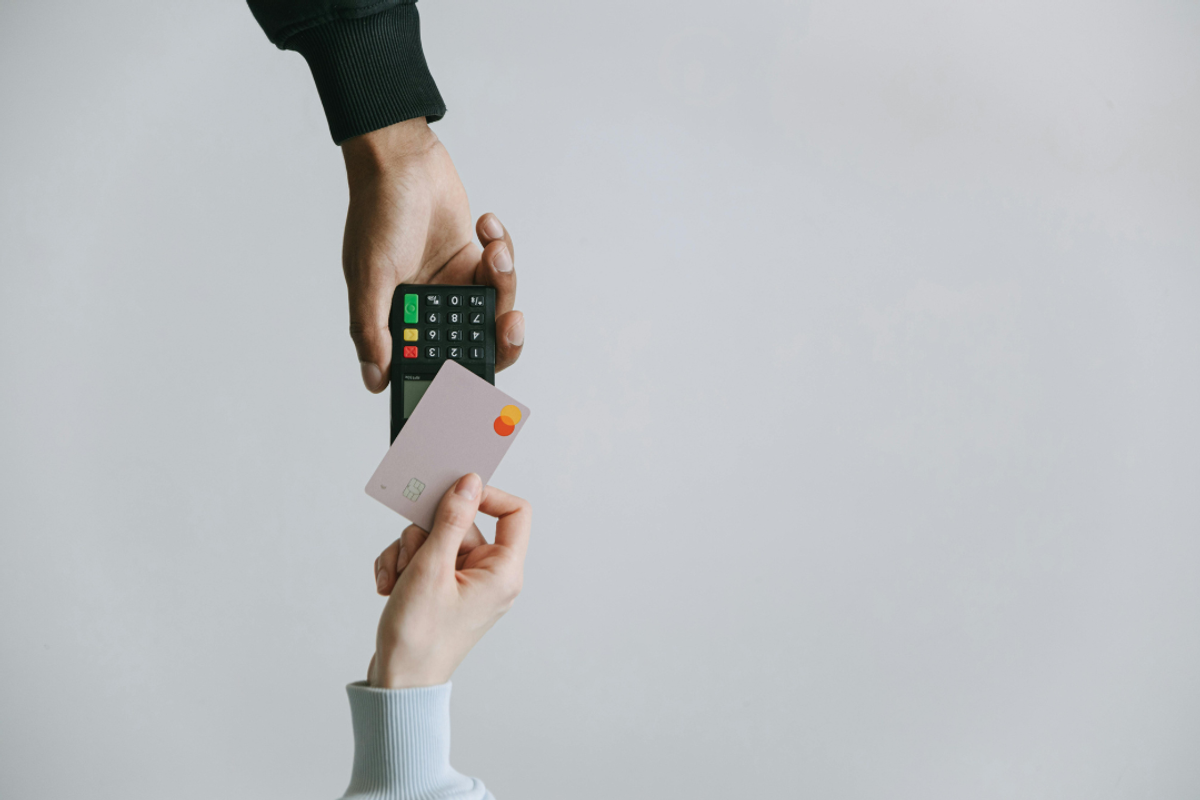
Pakistan is in the middle of a quiet financial shakeup, where mobile phones are becoming the new bank branches and millions of people, especially women, are entering the formal economy for the first time.
The State Bank of Pakistan (SBP) reports that in the last quarter of FY25, retail transactions hit 2.4 billion, with 89% conducted digitally. The value of these transactions crossed PKR 164 trillion, a sharp rise from PKR 139 trillion a year earlier.
At the center of this transformation is Raast, the government’s instant payments system. In the second quarter of the fiscal year 2025 (2QFY25) alone, Raast processed 796 million transactions worth PKR 6.4 trillion, compared with just 100 million transactions two years ago. The platform is now being used by banks, fintechs, government agencies, and utility companies.
While Raast has been hailed as a groundbreaking step toward building a cashless economy, barriers remain. “The biggest challenge is the low level of digital and financial literacy, particularly among women and people in rural areas,” said Dr Subeika Rizvi, senior lecturer/director CSCR & alumni at DHA Suffa University.
“Many users are unfamiliar with how digital payment systems work and fear making mistakes with their money. Trust also remains fragile, with concerns about fraud and cybercrime, while a cultural preference for cash continues to dominate. To overcome this, we need stronger education programs, robust consumer protections, and consistent engagement to reassure people their money is safe.”
Women step into the system
The gender gap in finance, long a sticking point, is narrowing. According to SBP’s latest numbers, 31 million women now own a bank account, more than double the 14 million in 2018. The growth stems from targeted policies such as Banking on Equality, simplified account opening, and digital wallets linked to mobile numbers.
For many, these accounts are their first entry into the financial system. “Opening a bank account is certainly a step forward, but true empowerment goes far beyond just access,” Dr Rizvi said. “Many of these accounts remain inactive or underutilized because women lack the literacy, confidence, or authority to use them fully. Real empowerment comes when women not only have accounts but also the skills and autonomy to save, invest, and make business decisions. That requires digital literacy, cultural shifts, and capacity building.”
Microfinance as a lifeline
The microfinance sector serves 10.5 million active borrowers, about 72% of all borrowers in Pakistan’s financial system. These loans are tiny compared with commercial lending—often less than PKR 50,000—but they fund everyday survival: from buying seeds for crops to stocking shelves in corner shops.
Pakistan also has a network of over 708,000 branchless banking agents, nearly 287,000 active nationwide, providing last-mile cash-in and cash-out services in areas with few or no bank branches.
Challenges ahead
But the digital revolution isn’t complete. A survey by Karandaaz in 2024 found that only 15% of Pakistanis are aware of Raast, despite the surge in volumes. Mistrust, lack of awareness, and language barriers still hold back adoption.
Experts argue that the next phase must focus on usage, not just access. “Pakistan’s next policy priority should be to move beyond access toward active usage,” Dr Rizvi said. “We need to invest in grassroots financial literacy, promote credit access for women-led businesses, strengthen consumer protection, and design women-centric financial products. Inclusion is the first step—empowerment comes when women are equipped and trusted to drive their own financial futures.”
For now, the story is one of cautious optimism. Pakistan has laid down the digital rails, brought tens of millions of women into the system, and moved trillions of rupees faster than ever before. The test ahead is whether this inclusion turns into empowerment—helping households save, invest, and plan for the future.


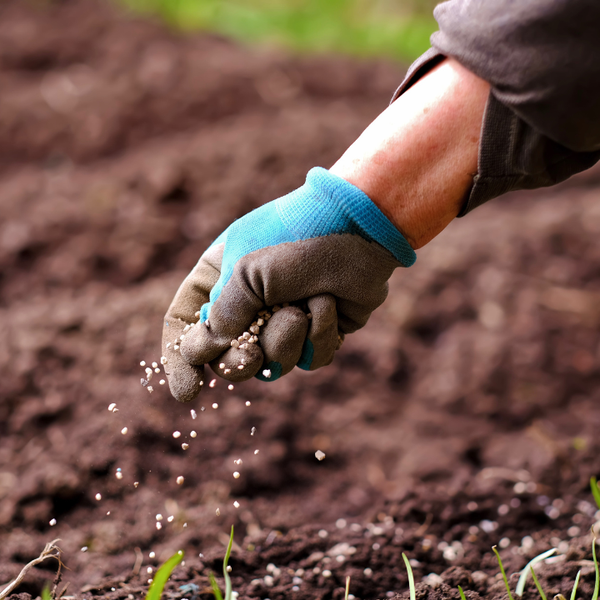

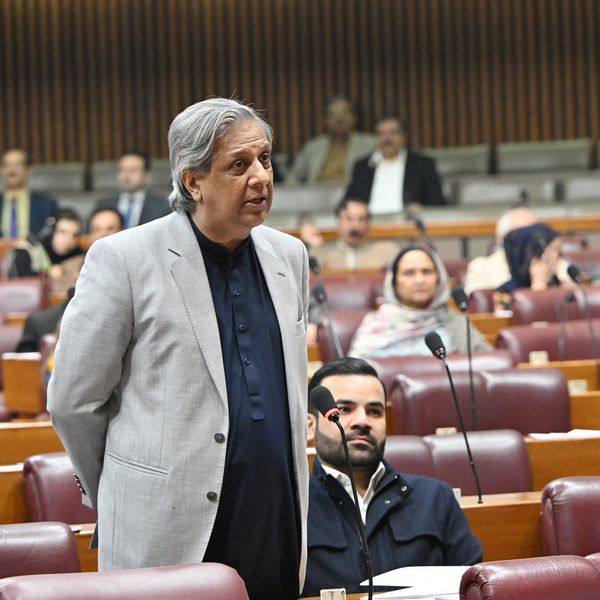


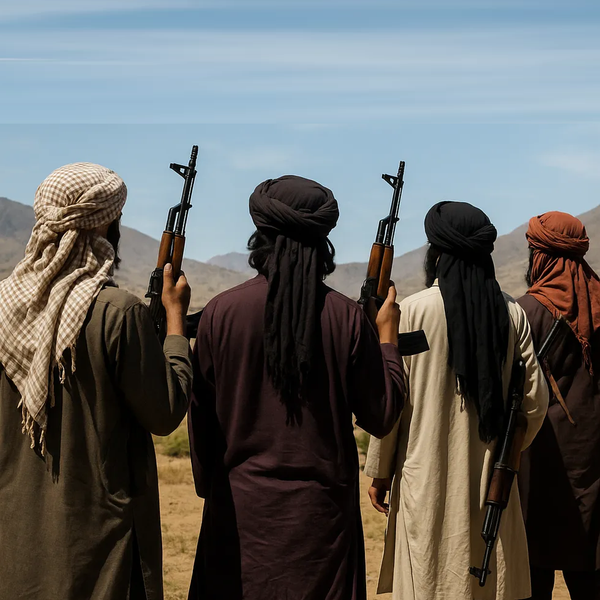
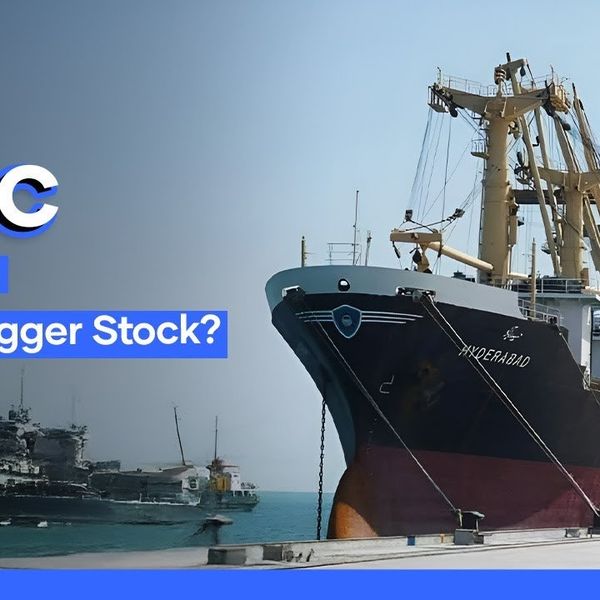

Comments
See what people are discussing